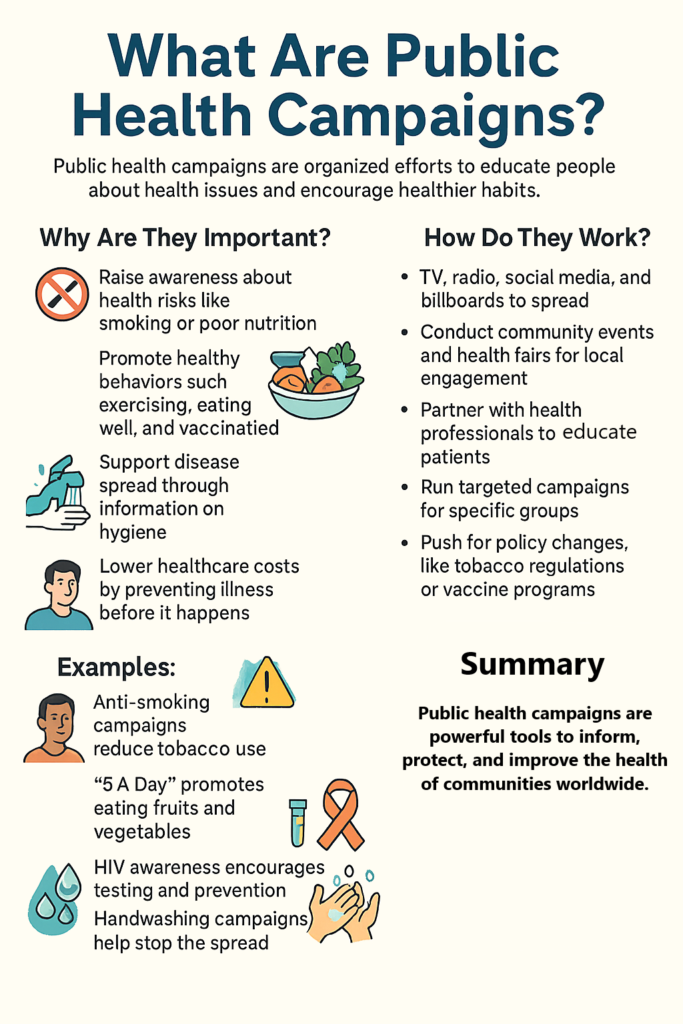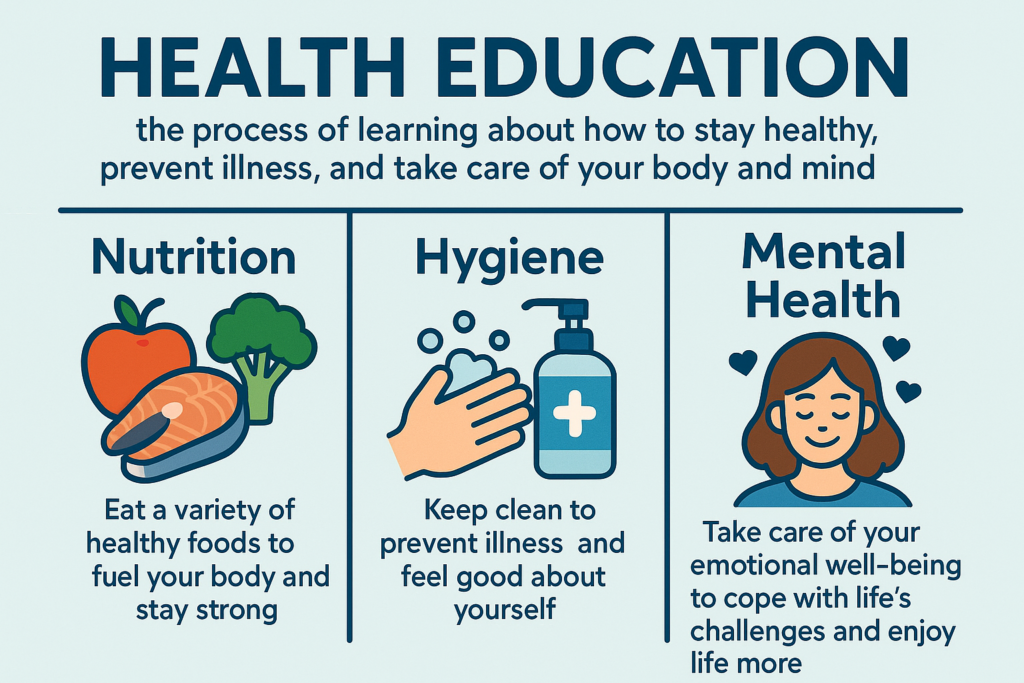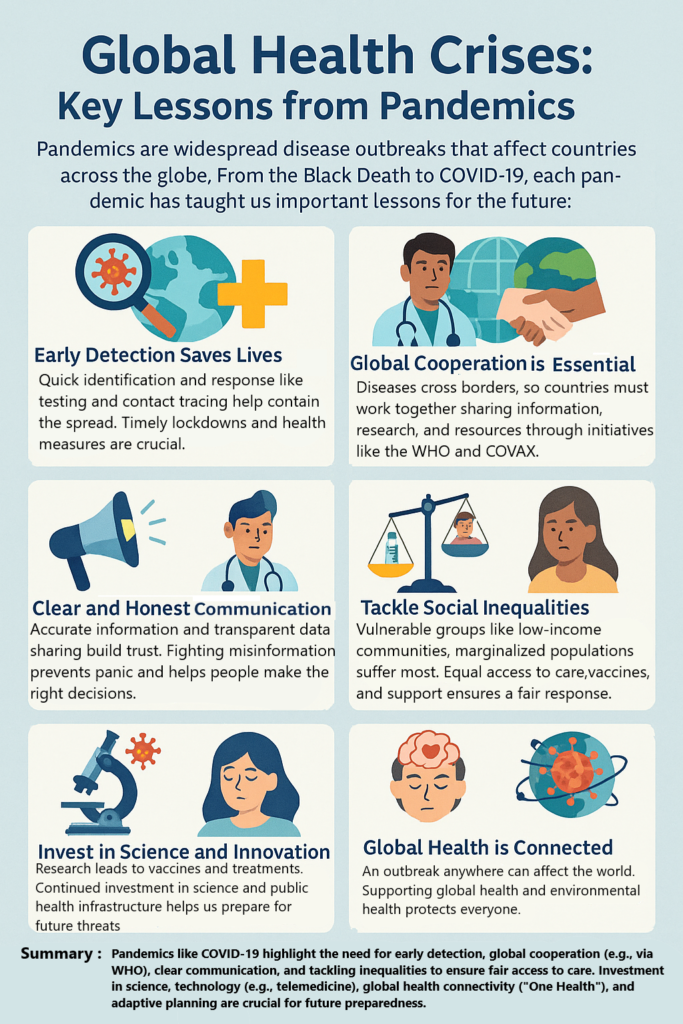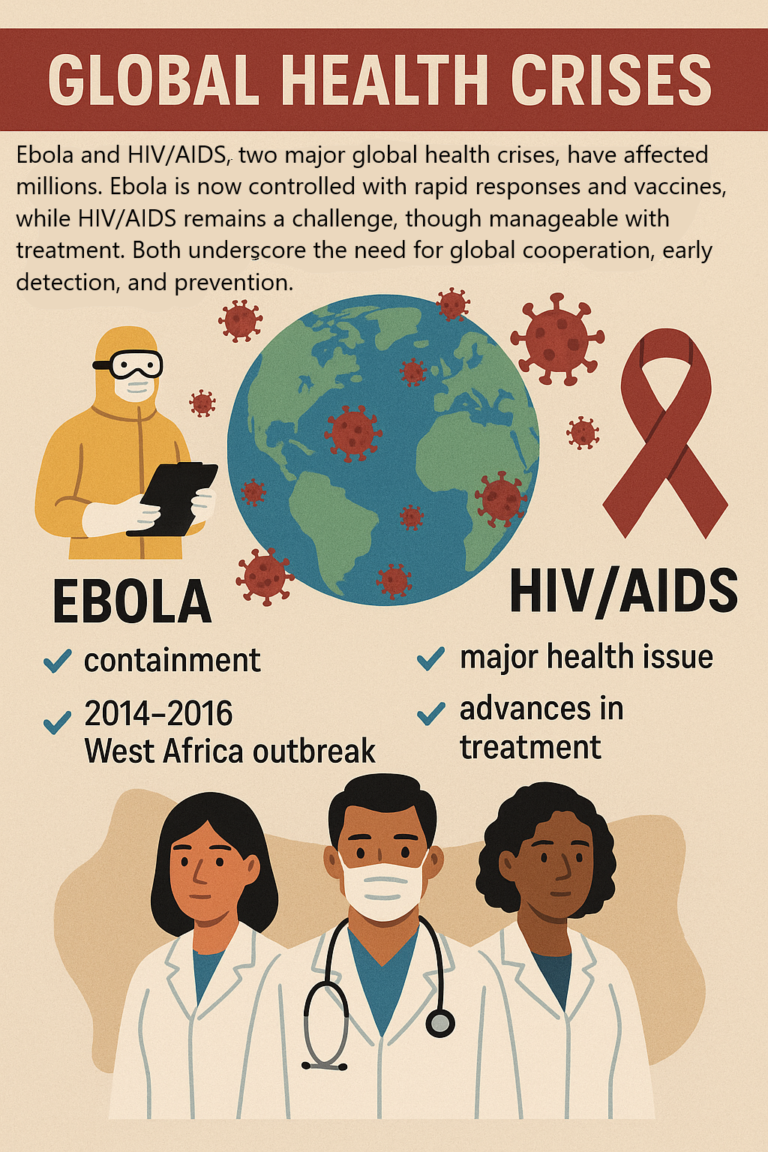What is India’s Healthcare System?
India’s healthcare system refers to the network of hospitals, clinics, doctors, and public health services that provide healthcare to people. It includes both public healthcare (government-run services) and private healthcare (run by private hospitals and doctors).

India has a mix of:
- Government-run hospitals and clinics – These are owned and operated by the government, and they provide healthcare to the public, often at low or no cost.
- Private healthcare providers – These are privately owned hospitals, clinics, and doctors. Private healthcare is often more expensive but can provide faster services and better facilities.
Challenges in India’s Healthcare System
While India has made significant progress in healthcare, there are several challenges:
1. Access to Healthcare:
- Urban vs Rural Divide: In cities, healthcare services are relatively better, but in rural areas, there is a shortage of healthcare facilities. Many villages still don’t have easy access to hospitals, doctors, or basic healthcare services.
- Lack of Infrastructure: Many government-run healthcare centers, especially in rural areas, lack the necessary equipment, medicines, and skilled doctors. This makes it harder to provide quality care to everyone.
2. Quality of Healthcare:
- There is a gap in quality between government-run and private healthcare services. Private hospitals often offer better infrastructure, faster services, and more specialized treatments, but they are expensive. On the other hand, government hospitals may face issues like overcrowding, long waiting times, and a shortage of staff.
3. Financial Barriers:
- Healthcare can be expensive, especially in the private sector. Even in government hospitals, people may have to pay for medicines or additional services. This makes it difficult for many people, especially those from low-income families, to afford good healthcare.
4. Shortage of Healthcare Professionals:
- There is a shortage of trained doctors, nurses, and healthcare workers in India, especially in rural and remote areas. This puts pressure on the existing healthcare workers and affects the quality of care patients receive.
5. Non-communicable Diseases:
- In addition to infectious diseases like malaria and tuberculosis, there is an increasing burden of non-communicable diseases (NCDs) like diabetes, heart disease, and cancer. This is a major challenge, as NCDs require long-term care and treatment, which puts a strain on the healthcare system.
Opportunities for Improvement in India’s Healthcare System
While there are many challenges, there are also several opportunities to improve the healthcare system in India:
1. Improving Public Healthcare Infrastructure:
- Investment in rural healthcare: The government can invest more in building and upgrading healthcare facilities in rural and remote areas. This will help bridge the gap between urban and rural healthcare services.
- More hospitals and clinics: Building more government hospitals and clinics can reduce overcrowding and provide better access to healthcare for more people.
2. Technology in Healthcare:
- Telemedicine: With the rise of technology, telemedicine (consulting doctors via the internet) can provide healthcare to people in remote areas where doctors are scarce. This could greatly improve access to healthcare for rural populations.
- Health apps and digital records: The use of digital health records and mobile health apps can help people track their health and get advice quickly. Technology can also help doctors and hospitals manage resources better.
3. Health Insurance:
- Affordable health insurance: Increasing access to affordable health insurance can help reduce the financial burden on families. The government can also expand its public health insurance schemes, such as the Ayushman Bharat program, which provides free healthcare to low-income families.
4. Training More Healthcare Workers:
- Increase medical education: The government can invest more in training doctors, nurses, and other healthcare professionals. This will help reduce the shortage of healthcare workers and improve the quality of care.
- Incentivize working in rural areas: Providing better incentives (like higher salaries or benefits) for healthcare workers who choose to work in rural areas can help bring better healthcare to underserved communities.
5. Focus on Preventive Healthcare:
- The government can focus more on preventive healthcare, like educating people about healthy lifestyles, good nutrition, and the importance of exercise. This can help reduce the burden of diseases like diabetes and heart disease.
- Vaccination programs: Increasing vaccination programs to prevent infectious diseases can help reduce the overall healthcare burden.
6. Public-Private Partnerships:
- Collaboration between the public and private sectors: The government can partner with private healthcare providers to improve the quality of healthcare services. This can be done through public-private partnerships, where private hospitals provide services under government schemes, making healthcare more accessible to the public.
Conclusion:
India’s healthcare system faces several challenges, like access to care in rural areas, quality differences between public and private sectors, and financial barriers. However, there are many opportunities to improve the system, such as investing in rural healthcare, using technology like telemedicine, expanding health insurance, and training more healthcare professionals. By addressing these challenges and seizing these opportunities, India can improve the healthcare system and provide better, more affordable care to its people. This will help improve the overall health and well-being of the population, making it an important priority for the future.











